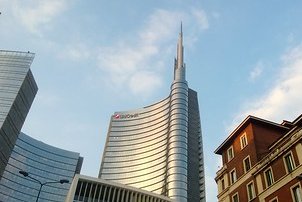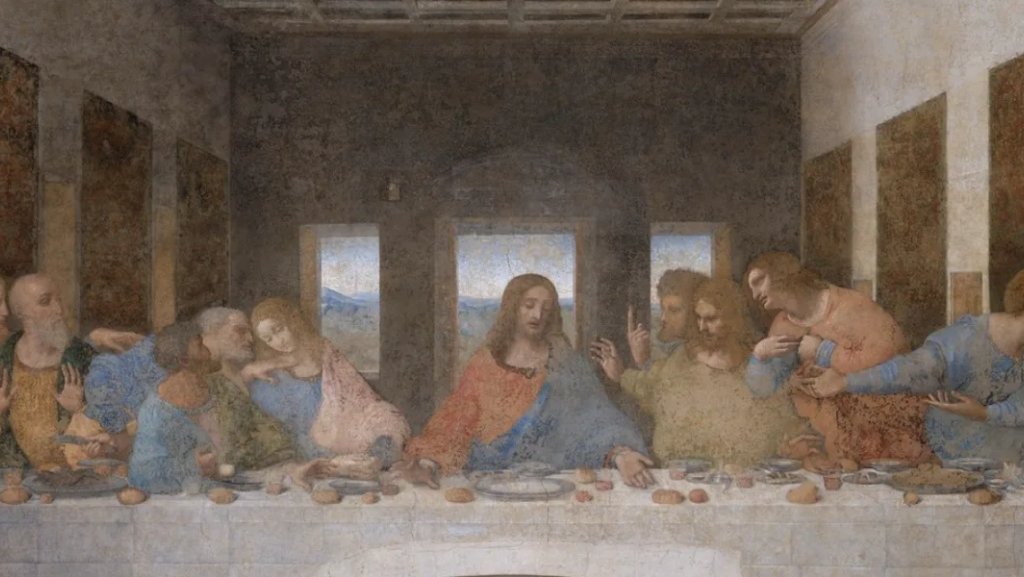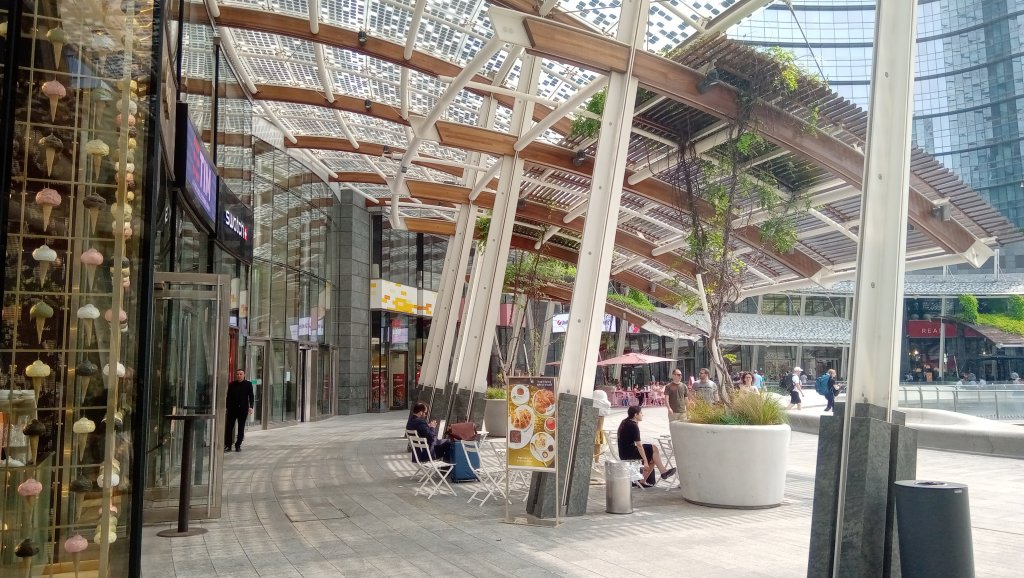Milano
Brera
Castello
Duomo
Giardini
La Scala
Corso Magenta
Monte Napoleone
Sant'Ambrogio
Ticinese
Università
Navigli
Triennale
 Porta Nuova
Porta Nuova
City Life
Brera
Castello
Duomo
Giardini
La Scala
Corso Magenta
Monte Napoleone
Sant'Ambrogio
Ticinese
Università
Navigli
Triennale
 Porta Nuova
Porta NuovaCity Life
Porta Nuova
more pictures .:. Of the two recently redeveloped districts in Milan – the other being CityLife – the most popular and successful is definitely Porta Nuova. A bouquet of new skyscrapers and a pedestrianized system of squares and passageways have spectacularly taken the place of a previous railway station, which had been razed to the ground many decades before and left room enough for an amusement park till the early 2000s.
.:. The new district was substantially completed by 2014, soon to become a lively spot much frequented for its shops, food courts and strolling opportunities, a park included.
.:. You may reach Porta Nuova on foot from the Stazione Centrale, or more directly from the Stazione Garibaldi to climb – there's an the escalator – to the elevated Piazza Gae Aulenti, named after an eminent Milanese architect and designer. Both the square, with its relaxing fountain of shallow water, and the Unicredit Tower above were designed under the direction of César Pelli, an Argentinian starchitect. (Unicredit, by the way, is a leading banking company.)
.:. There are several places worth a look in Porta Nuova. If you cross the elevated square, you'll come in sight of a couple of skyscrapers full of trees: they are the Bosco Verticale ("Vertical Forest") designed by Stefano Boeri, a Milanese planner and scholar. The Forest can be reached by walking aside the park.
.:. If you instead descend the stairs in the opposite direction, you'll most probably notice the elegant shades of greys displayed in some apartment buildings by Cino Zucchi, another architect from Milan, and if you walk back towards the Stazione Garibaldi, you'll discover a small garden entitled to Anna Politkovskaya, a Russian journalist killed in 2006.
.:. But you can explore many other places here: by keeping straight from Piazza Gae Aulenti, for instance, you'll end up with flights of stairs immersed in greenery. Or you may realize that the Bosco Verticale is part of what used to be an historic district, called l'Isola ("The Island"), separated from Porta Nuova.
.:. Please note that the words Porta Nuova – literally, "New City Gate" – also refer to two other places in town. The oldest Porta Nuova is a 13th-century gate, which used to mark the northern limit of Milan along the circle of canals around the medieval walls. This building is found in the city centre now, at the far end of Via Alessandro Manzoni and at a stone's throw from the Monte Napoleone fashion district.
.:. A second Porta Nuova was built centuries later at the time of Napoleon. It's an elegant Neo-Classical arch along the same direction towards Lake Como. Still, if you ask the Milanese what the words Porta Nuova mean to them now, they will certainly refer to the redeveloped district.
more pictures .:. Of the two recently redeveloped districts in Milan – the other being CityLife – the most popular and successful is definitely Porta Nuova. A bouquet of new skyscrapers and a pedestrianized system of squares and passageways have spectacularly taken the place of a previous railway station, which had been razed to the ground many decades before and left room enough for an amusement park till the early 2000s.
.:. The new district was substantially completed by 2014, soon to become a lively spot much frequented for its shops, food courts and strolling opportunities, a park included.
.:. You may reach Porta Nuova on foot from the Stazione Centrale, or more directly from the Stazione Garibaldi to climb – there's an the escalator – to the elevated Piazza Gae Aulenti, named after an eminent Milanese architect and designer. Both the square, with its relaxing fountain of shallow water, and the Unicredit Tower above were designed under the direction of César Pelli, an Argentinian starchitect. (Unicredit, by the way, is a leading banking company.)
.:. There are several places worth a look in Porta Nuova. If you cross the elevated square, you'll come in sight of a couple of skyscrapers full of trees: they are the Bosco Verticale ("Vertical Forest") designed by Stefano Boeri, a Milanese planner and scholar. The Forest can be reached by walking aside the park.
.:. If you instead descend the stairs in the opposite direction, you'll most probably notice the elegant shades of greys displayed in some apartment buildings by Cino Zucchi, another architect from Milan, and if you walk back towards the Stazione Garibaldi, you'll discover a small garden entitled to Anna Politkovskaya, a Russian journalist killed in 2006.
.:. But you can explore many other places here: by keeping straight from Piazza Gae Aulenti, for instance, you'll end up with flights of stairs immersed in greenery. Or you may realize that the Bosco Verticale is part of what used to be an historic district, called l'Isola ("The Island"), separated from Porta Nuova.
.:. Please note that the words Porta Nuova – literally, "New City Gate" – also refer to two other places in town. The oldest Porta Nuova is a 13th-century gate, which used to mark the northern limit of Milan along the circle of canals around the medieval walls. This building is found in the city centre now, at the far end of Via Alessandro Manzoni and at a stone's throw from the Monte Napoleone fashion district.
.:. A second Porta Nuova was built centuries later at the time of Napoleon. It's an elegant Neo-Classical arch along the same direction towards Lake Como. Still, if you ask the Milanese what the words Porta Nuova mean to them now, they will certainly refer to the redeveloped district.

 Garibaldi FS
Garibaldi FS.:. CiaoMilano was conceived and is edited by KIWI Milano. It relies on the Foundation 6 framework, and is released under a Creative Commons Attribution-NonCommercial-NoDerivs 4.0 International licence.
.:. Icons by
.:. copyright © 1997-2025 Roberto Peretta, Milano; copyright © 1997-2006 Monica Levy, Milano
.:.Monica Levy, who created this website in 1997, is no longer with us. Her smile is behind this word.
Da Vinci = No Problem

The Last Supper, otherwise difficult to book?
You can reserve a specialized visit through our partner Musement.

The Last Supper, otherwise difficult to book?
You can reserve a specialized visit through our partner Musement.
CiaoMilano does not collect personal data or e-mail addresses, except for press professionals and readers who write directly.
Our Privacy Policy
updated on December 19, 2025
Our Privacy Policy
updated on December 19, 2025
 Milano
Milano Hotels
Hotels Transport
Transport What's On
What's On Eating
Eating Shops
Shops After dark
After dark





